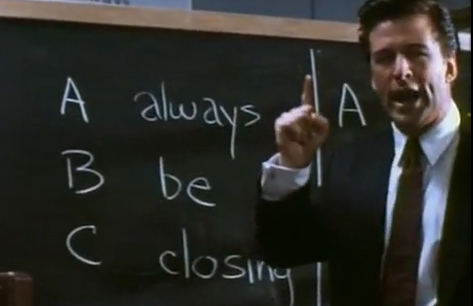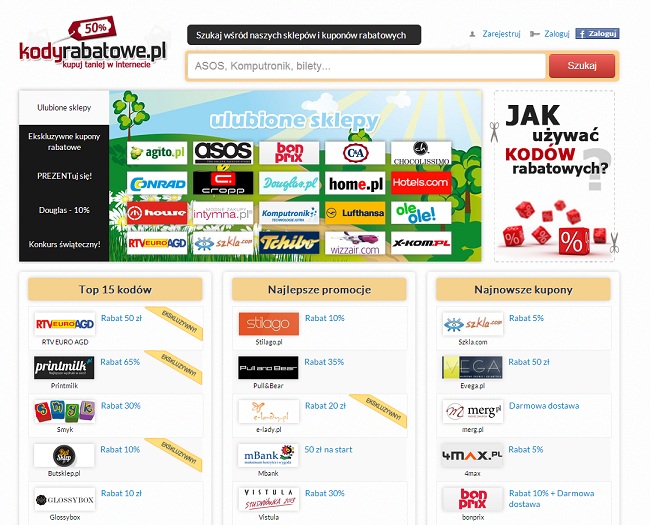This really was a huge thing for both me personally and Whalla.
Because before Whalla Labs became what it is today – a software development agency with a focus on mobile – there was this other thing called ‘ Whalla’.
But it all started out even earlier.
I joined Huge Thing with an idea wrote down on a piece of paper and a hope someone will help me to make it real. I was solo back then – no team, nor that much of experience.
Here are 4 things about participating in Huge Thing I find most beneficial.
Although, there are many, many more, these 4 keep paying off every day.
They changed my life.
Benefit #1: Motivation
After just a few initial days I soaked in completely. Literally, mentors persuaded me into startups.
At the time, I worked for SiePomaga.pl, a startup and a nice place to work in. But launching a venture of my own, that’s another cup of tea – at first it seemed a little scary, but once I’ve had a few conversations with mentors it changed 180 degrees.
We’ve spent long hours talking about running a company: risks and hard work, and excitement and all the fun parts.
To cut it short, I was so pumped up that I decided to quit my job and take a leap of faith into building a business.
In a week-time I’ve made my mind to change whole course of my life.
I credit this entrepreneurial choice to Huge Thing.
It was totally worth it.
Benefit #2: People and Pivots
My initial idea was to build analytics for offline retail.
It was cool enough to get me into the program, but I wasn’t really capable of building it. At the time, I hadn’t figured it out too well, and I lacked a team to make it all happen.
So, after few weeks I dropped the ball on this one.
This is yet another thing I’ve learned at HT – don’t stick to your idea too much.
If you happen to lose faith in your project or learn that it doesn’t really make sense, just leave it.
This didn’t end my journey, though.
I was lucky to meet Wojtek Hołysz at the time (today he runs a brilliant video marketing agency, Filmpoint).
Wojtek, like everyone else at HT, had an idea, too. This time, it was a mobile app.
I liked it and I was into mobile already, so we teamed up.
Instagram was a big thing back then in 2012 and there still was a lot of hype around social media, experience sharing, being connected and stuff like this.
So we decided to follow the crowd and build something to piggyback on the trends – quite clever, right?
We did some ‘market research’ and it seemed like we got it!
It was supposed to be a photo app for sharing experiences from various events.
That’s how I met a co-founder and pivoted from B2B analytics software to B2C mobile app.
It would be much, much harder without Huge Thing. Maybe I would’ve even passed on entrepreneurship altogether.
Benefit #3: Network
I managed to build a website myself, but to keep progressing on a fast pace we needed more firepower. The developers – lifeblood of every tech business.
But how’d you do that?
Enter networking.
There’s a fair chance that as a startup newbie your network is pretty much nonexistent. And I bet that you have no idea about recruiting or sales, or marketing whatsoever (at least I didn’t).
Here come the mentors. I found them helpful so many times, you wouldn’t believe.
One of the best things about them, aside of their will to help and operational knowledge they share, is their network.
Just ask them to help and out of the sudden you’re getting dozens of intro emails. This is exactly how we recruited three developers to finish the project.
Afterwards, we received massive amount of how-to tips regarding team building, managing software engineering and acquiring our first customers.
Moreover, we learned how to use our network, how to build a team and how to manage processes to actually build and ship your product.
I mean, how cool is that?
You can literally outsource networking with mentors and get them to introduce you to potential co-founders, employees and of course customers.
Plus, one can simply learn ‘from the trenches’ kind of stuff directly from them.
Pretty powerful, isn’t?
Benefit #4: Real Business
We did it! We’ve built and launched ‘Whalla’ the photo app!
But again…
The market wasn’t as much enthusiastic about our idea, as we were. The app didn’t make much money and we’ve learned that mobile business is not that easy the hard way.
It was pretty much a failure.
After that I didn’t gave up on building apps.
I put all this experience and work we did at Huge Thing to create what now is Whalla Labs.
Thanks to connections I made there and lessons I learned, we were able to get in touch with LubimyCzytać.pl and start working with them.
And from then on, we kept doing even better.
Today I work with a great team of 25 dedicated and awesome people. We did lots of web and mobile projects for brands from Poland and from abroad such as Qpony, Microsoft, Agora and Wirtualna Polska.
The time I spent with Huge Thing and what it taught me, and connections I made there, are something valuable and worth spreading.
I can’t stress it enough: Huge Thing was a life changer for me.
It’s a gift that keeps on giving. No book can teach you this stuff.
—
Piotr Biegun, CEO Whalla Labs
Huge Thing is a 3 week (6th to 23rd October) pre-acclereation program in Poznan, Poland. This year they are in cooperation with 500 Startups and is implemented under the patronage of the Polish Agency for Enterprise Development.
Thank you for reading another post for you! If you liked what you read please share it by using one of the buttons below and check out other posts in this blog. I don’t want you to miss out on future posts so please follow me on Twitter @Eurodude23. If you haven’t done it already, please like my Facebook fan page by clicking here! And if you like the content you have read, and are looking for a content writer for your team please go to www.contentfarm.org for details. See you next time!
Original version of the post can be found here.




















